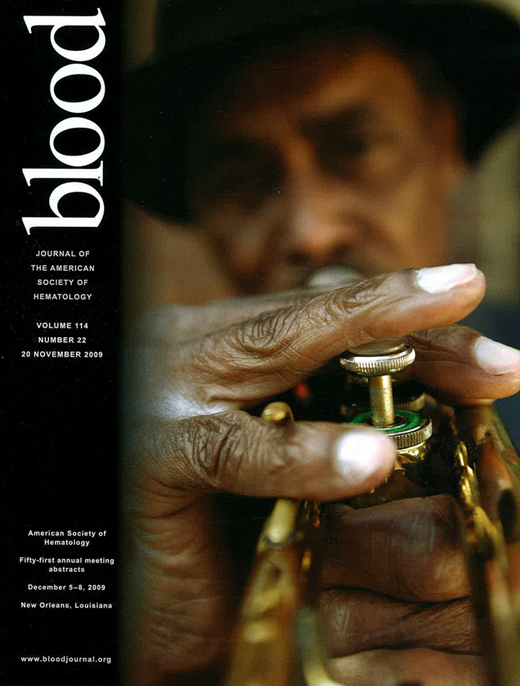Abstract
Abstract SCI-47
Transfusion medicine has long recognized that there is significant variation in the human immune response to red blood cell (RBC) transfusions.1 All allogeneic RBC transfusions expose the recipient to multiple foreign antigens, but very few RBC transfusions induce a detectable humoral immune response. Using statistical analyses of antibody responses among transfused patient populations, we found that the response closely approximates a geometric distribution that would be predicted by a random memory-less (stochastic) process. These statistical analyses demonstrate that most patients fail to mount immune responses to RBC transfusions but a distinct group of patients, termed potential responders, is capable of mounting an immune response to blood transfusions. Potential responders comprise approximately 13% of the transfused population and this proportion does not depend on pathologic diagnoses, age, gender or racial group. The only group that has a higher rate of potential responders are pregnant women, but those patients have a second route of antibody exposure. Although the ability to immunologically respond to blood transfusions appears to be limited to the relatively small population of potential responders, even potential responders do not mount an immune response to most RBC transfusions. Additionally, the specific antibodies that patients make are not completely independent of each other. Indeed, patients who have made some specific antibodies are more likely to subsequently make one set of anti-erythrocyte antibodies and less likely to make another set of anti-erythrocyte antibodies. This suggests that the potential immune repertoire differs between patients and the difference in potential repertoire is not solely explained by the antigens expressed on the patients' erythrocytes. Moreover, the potential repertoire is influenced by the age of the patient. Younger patients have a more diverse immune response producing antibodies against a broad spectrum of RBC antigens. As patients get older, the immune response becomes more limited and usually only responds against the most immunogenic RBC antigens. In summary, these results suggest that potential responders to intravenous administration of RBCs comprise a genetically distinct group and that additional factors determine which transfusion will induce an immune response in potential responders. The factors that cause a person to be a potential responder and the factors that cause a potential responder actually respond to a specific transfusion are subjects of ongoing research. In the meantime, transfusion services may consider minimizing immunologic stimuli to patients who are clearly responders. 1. Higgins JM, Sloan SR. Stochastic modeling of human RBC alloimmunization: evidence for a distinct population of immunologic responders. Blood. 2008;112:2546-2553.
No relevant conflicts of interest to declare.

